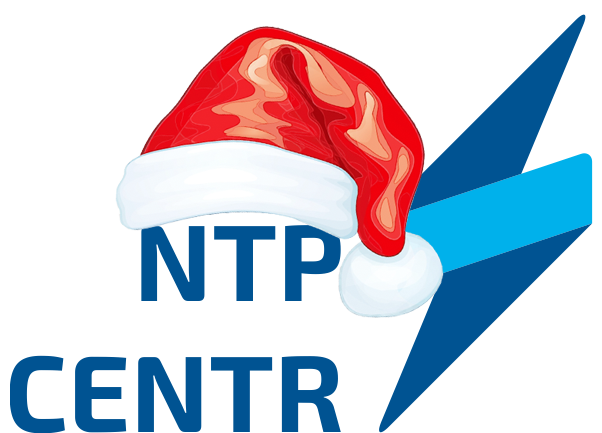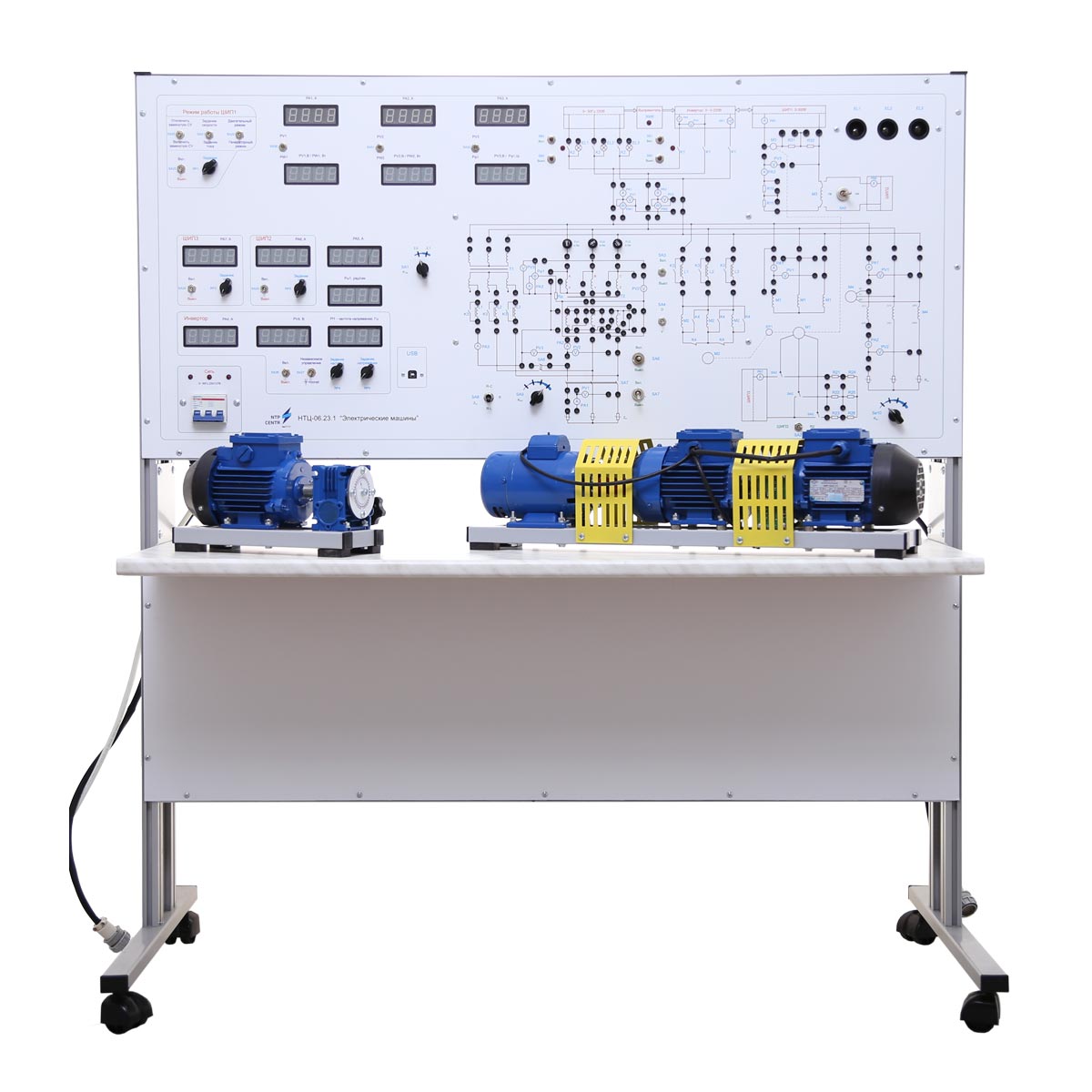NTC-06.23.1 “Electrical machines with MCS”
Br0.00
The educational laboratory stand is intended for use as training equipment in higher education, secondary specialized, and vocational-technical institutions. It is designed for conducting laboratory work in the course “Electrical Machines,” focusing on the investigation of direct current machines, asynchronous and synchronous machines, transformers, as well as studying their operating modes, connection schemes, and interaction with the power grid. The research includes analyzing design features, determining parameters, load characteristics, and conditions for parallel operation. Methods of starting, operation modes, and control features of asynchronous, synchronous, and generator machines are also examined.
*For additional information, you can contact us via the phone numbers or email provided on the website.
 Русский
Русский
